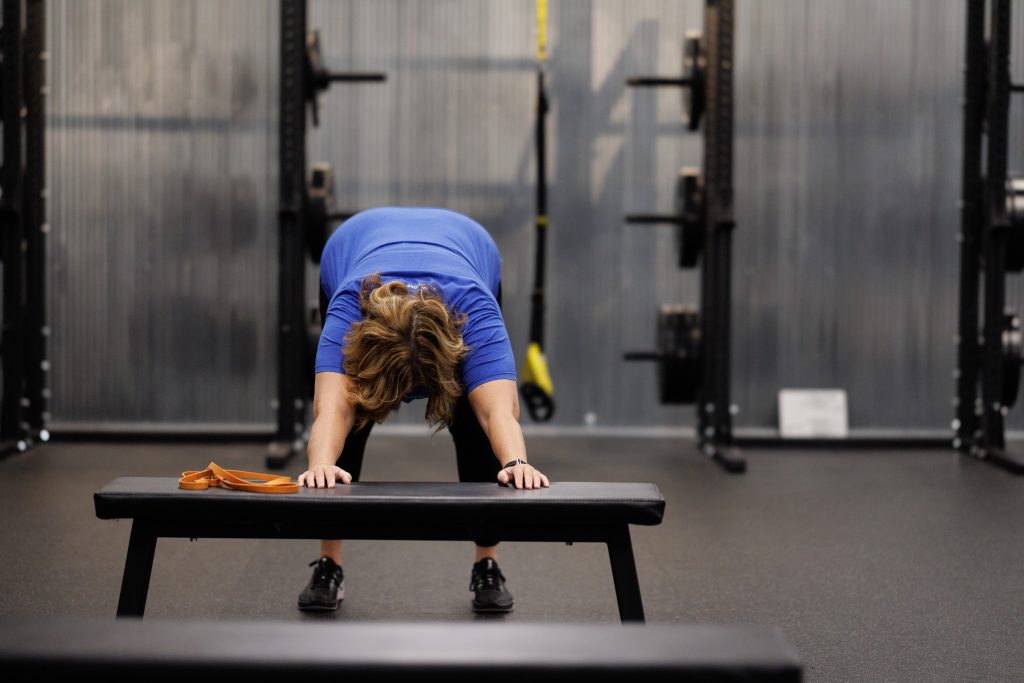Living with hip arthritis can be challenging, but there’s hope for improved mobility and pain relief through targeted exercise. In this blog post, we’ll delve deep into the world of hip arthritis and explore the best exercises and strategies to manage this condition effectively.
Understanding Hip Arthritis:
Hip arthritis, specifically osteoarthritis, is a degenerative joint disease that affects millions of people worldwide. It occurs when the protective cartilage in the hip joint wears down over time, leading to pain, stiffness, and reduced range of motion. While medical interventions like medication and surgery exist, exercise plays a crucial role in managing hip arthritis and improving overall quality of life.
The Benefits of Exercise for Hip Arthritis:
- Pain Management: Regular exercise can help alleviate hip pain by strengthening the muscles surrounding the joint, providing added support and reducing stress on the affected area.
- Improved Range of Motion: Gentle, targeted exercises can increase hip joint flexibility, making everyday movements more comfortable and reducing the risk of injury.
- Enhanced Joint Lubrication: Exercise stimulates the production of synovial fluid, a natural lubricant for your joints, which can ease discomfort caused by friction.
- Weight Management: Maintaining a healthy weight is essential for managing hip arthritis, as excess pounds can put extra strain on your hips. Exercise helps with weight control.
- Psychological Well-being: Physical activity releases endorphins, reducing stress and improving your mental outlook as you cope with hip arthritis.
Exercises for Hip Arthritis:
- Range-of-Motion Exercises: Gentle stretches and movements can improve hip flexibility. Try knee-to-chest stretches and ankle pumps to keep your joints supple.
- Strengthening Exercises: Building the muscles around your hip joint is key. Leg raises, hip bridges, and clamshells can help. Consult a physical therapist for a personalized plan.
- Low-Impact Cardio: Activities like swimming, cycling, and water aerobics are easier on the joints while providing cardiovascular benefits.
- Balance and Stability Exercises: These exercises reduce the risk of falls, which can be particularly harmful for individuals with hip arthritis. Tai Chi and yoga are excellent choices.
- Resistance Training: Using resistance bands or light weights can strengthen muscles without putting excessive pressure on the hips.
- Aerobic Exercises: If appropriate, engage in low-impact aerobics like brisk walking or using an elliptical machine to improve overall fitness.

Safety Tips:
- Always consult your healthcare provider or a therapist before starting any exercise regimen.
- Start slowly and gradually increase the intensity and duration of your workouts.
- Listen to your body; if you experience pain beyond mild discomfort, stop the exercise.
- Use proper form and technique to prevent injury.
Living with hip arthritis doesn’t mean giving up on an active lifestyle. Through targeted exercise, you can manage pain, regain mobility, and improve your overall well-being. Remember that a personalized exercise plan, developed in consultation with a healthcare professional or physical therapist, is the safest and most effective way to address hip arthritis. Incorporating these exercises into your routine can be a game-changer in your journey towards a more pain-free and mobile life.

Recent Comments